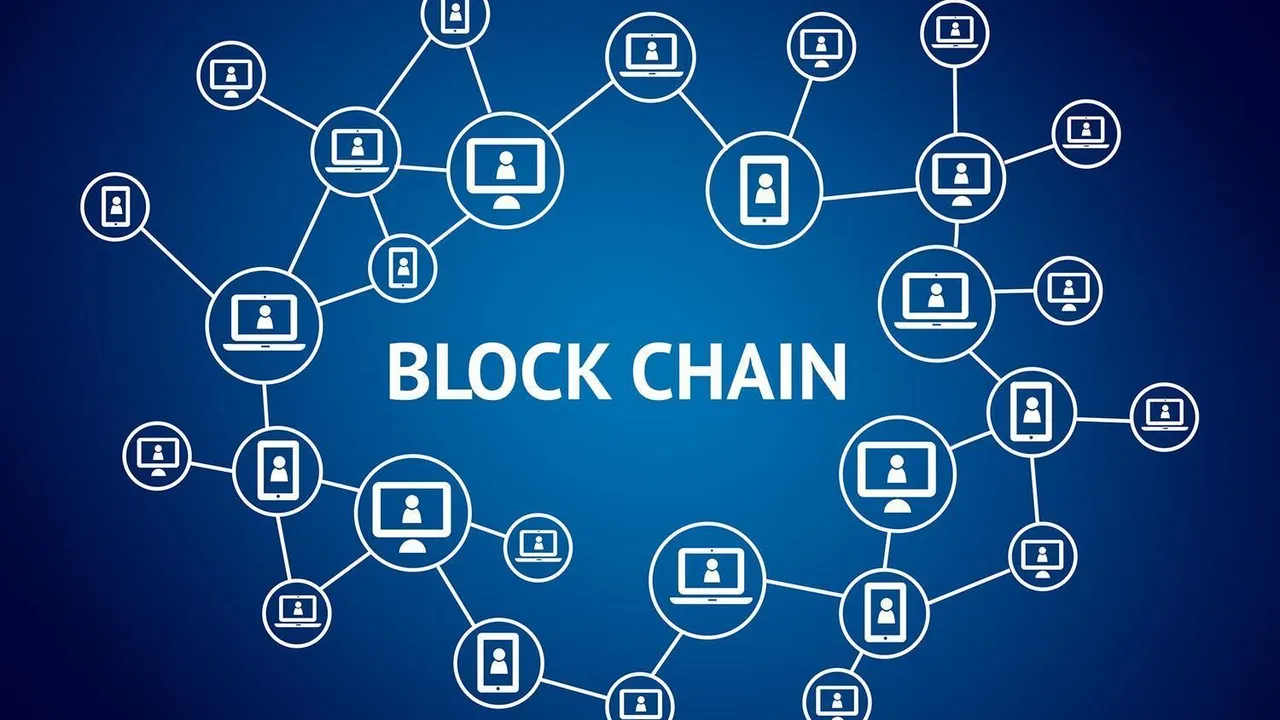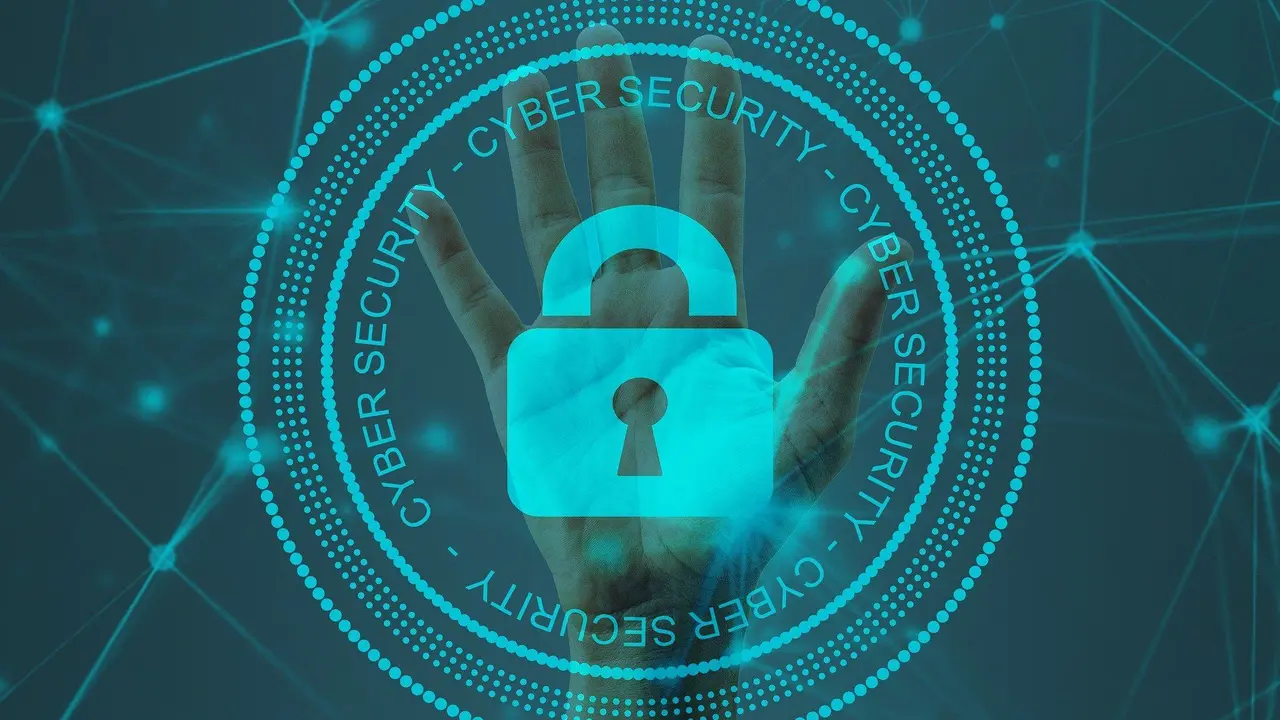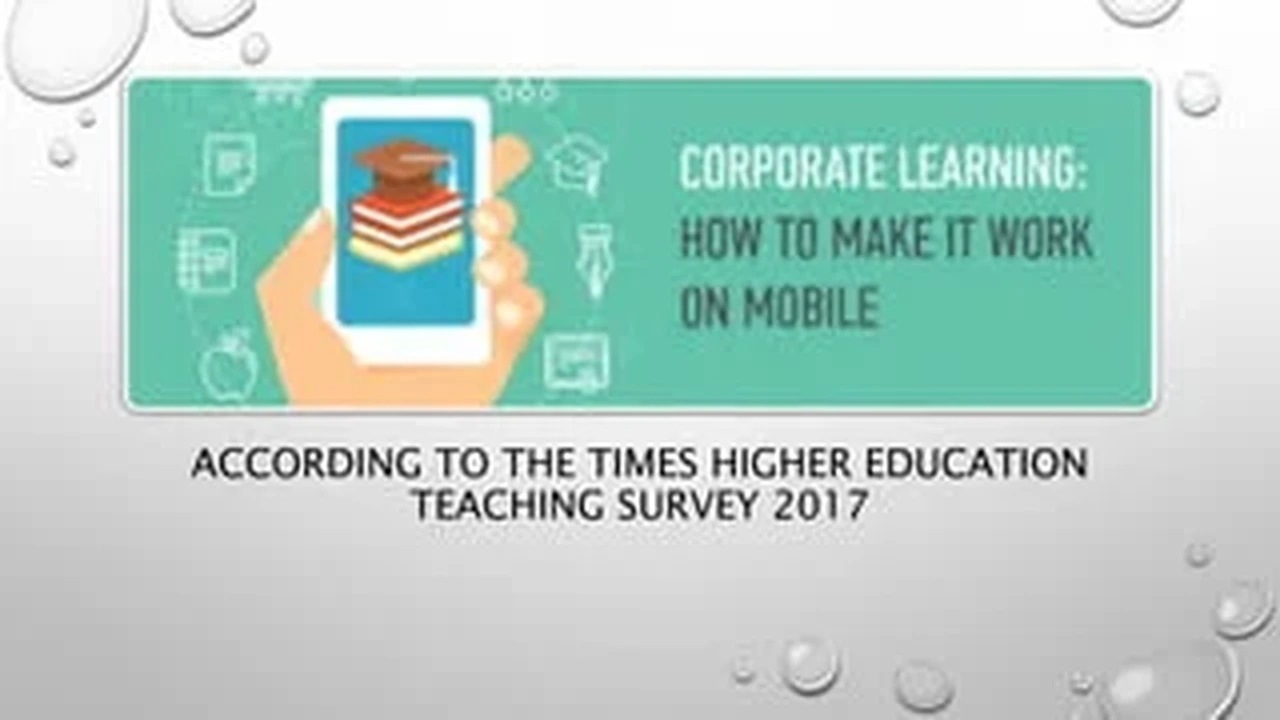Blockchain Technology and Its Impact on Educational Credentials
Discover blockchain technology and its impact on educational credentials. Secure and verifiable digital certificates.

Blockchain Technology and Its Impact on Educational Credentials
Understanding Blockchain for Educational Credentials
Hey there! Let's dive into something super interesting that's shaking up the world of education: blockchain technology. You might have heard of blockchain in the context of cryptocurrencies like Bitcoin, but its potential goes way beyond digital money. We're talking about a game-changer for how we issue, verify, and manage educational credentials – things like your diplomas, certificates, and transcripts. Imagine a world where your academic achievements are not just pieces of paper but secure, tamper-proof digital records that you own and control. That's the promise of blockchain in education.
At its core, blockchain is a decentralized, distributed ledger technology. Think of it as a giant, shared database that's spread across many computers (nodes) in a network. Every time a new piece of information (a 'block') is added, it's linked to the previous one, forming a 'chain.' What makes it so revolutionary for credentials? Two main things: immutability and transparency. Once a record is on the blockchain, it's incredibly difficult to change or delete, making it highly secure and resistant to fraud. Plus, depending on the type of blockchain, the information can be transparently viewed by authorized parties, which means faster and more reliable verification.
For educational credentials, this means a significant upgrade from traditional paper-based systems or even centralized digital databases. Paper diplomas can be lost, damaged, or forged. Centralized digital systems, while convenient, are vulnerable to cyber-attacks and can be slow for verification processes, especially across international borders. Blockchain offers a robust solution to these long-standing problems, providing a new level of trust and efficiency.
The Problem with Traditional Educational Credentials
Let's be real, the current system for managing educational credentials has its fair share of headaches. For students, losing a diploma or needing multiple copies of transcripts can be a bureaucratic nightmare. Requesting official documents often involves fees, waiting periods, and a lot of paperwork. And if you're applying for a job or further education abroad, the process of authenticating your credentials can be even more complex and time-consuming, sometimes requiring notarization or apostille services.
For institutions, issuing and managing these documents is a huge administrative burden. They have to maintain secure archives, respond to verification requests from employers and other universities, and constantly battle against fraudulent documents. The cost associated with these processes, both in terms of money and human resources, is substantial. Plus, the risk of reputational damage from credential fraud is a constant concern.
Employers and admissions officers also face challenges. How do you quickly and reliably verify that a candidate's degree is legitimate, especially if it's from an institution in another country? The current system often relies on trust and manual verification, which can be slow, expensive, and prone to errors or outright deception. This inefficiency can delay hiring decisions and create unnecessary risks for organizations.
How Blockchain Solves Credential Challenges
Now, let's talk about how blockchain swoops in to save the day. Imagine an educational institution issues a digital certificate to a student. Instead of just a PDF, this certificate is recorded as a transaction on a blockchain. This record includes key information like the student's name, the degree awarded, the date of completion, and the issuing institution. Crucially, it's cryptographically secured and timestamped.
When the student wants to share their credential with an employer, they simply provide a link or a QR code that points to their blockchain-verified record. The employer can then instantly and independently verify the authenticity of the credential directly on the blockchain, without needing to contact the issuing institution. This process is fast, secure, and eliminates the need for intermediaries, reducing costs and potential for fraud.
This system empowers students with greater control over their own academic data. They become the owners of their digital credentials, deciding who gets access and when. This concept is often referred to as 'self-sovereign identity' in the blockchain world. It means you have a verifiable digital identity that you control, rather than relying on a central authority to manage it for you.
For institutions, it streamlines the issuance and verification process, reducing administrative overhead and enhancing the security of their records. For employers, it provides instant, trustworthy verification, speeding up recruitment and reducing the risk of hiring based on fraudulent qualifications. It's a win-win-win scenario.
Key Benefits of Blockchain for Educational Credentials
Enhanced Security and Fraud Prevention in Digital Certificates
This is probably the biggest selling point. Because of the cryptographic nature of blockchain, once a credential is recorded, it's virtually impossible to alter without detection. Each block is linked to the previous one with a cryptographic hash, meaning any change to an old block would invalidate all subsequent blocks, making tampering immediately obvious. This makes forged diplomas and certificates a thing of the past, significantly boosting the integrity of educational qualifications.
Instant and Reliable Verification of Academic Records
No more waiting weeks for institutions to respond to verification requests. With blockchain, an employer or another university can verify a credential in seconds, directly from the distributed ledger. This dramatically speeds up application processes for jobs or further studies, making life easier for everyone involved. It's like having a universal, always-on notary public for your academic achievements.
Student Ownership and Control Over Their Digital Identity
This is a huge shift. Instead of institutions holding all the power over your records, blockchain gives students true ownership. They can grant or revoke access to their credentials as they see fit, maintaining privacy and control over their personal data. This aligns with the growing demand for data privacy and individual autonomy in the digital age.
Reduced Administrative Burden and Costs for Institutions
Think about all the resources universities currently pour into managing records, responding to verification requests, and combating fraud. Blockchain can automate much of this, freeing up staff and reducing operational costs. It also simplifies the process of issuing credentials, making it more efficient and less prone to human error.
Global Interoperability and Recognition of Qualifications
One of the biggest hurdles in international education and employment is the recognition of qualifications across different countries and systems. Blockchain offers a standardized, globally accessible way to verify credentials, potentially breaking down these barriers. A degree issued in Southeast Asia could be instantly and credibly recognized by an employer in the US, fostering greater global mobility for talent.
Leading Blockchain Credentialing Platforms and Solutions
Alright, let's get into some specifics. Several innovative companies and projects are already leveraging blockchain to transform educational credentials. Here are a few prominent ones, along with their features, use cases, and some comparative insights:
Blockcerts Open Standard for Digital Academic Credentials
What it is: Blockcerts is an open-source standard for issuing, viewing, and verifying blockchain-based academic credentials. It was developed by MIT Media Lab and Learning Machine (now Hyland). Being open-source means anyone can use and build upon it, fostering widespread adoption and interoperability.
How it works: Institutions issue credentials as cryptographically signed files that are anchored to a blockchain (often Bitcoin or Ethereum). Students receive these files and can store them securely. When verification is needed, the recipient uses a Blockcerts wallet or viewer to check the authenticity against the blockchain.
Use Cases: Universities like MIT have used Blockcerts to issue digital diplomas. It's also popular for professional certifications and micro-credentials. It's particularly strong for institutions that want to maintain full control over their issuance process and prefer an open standard.
Key Features: Open-source, decentralized, student-owned credentials, strong cryptographic security, easy verification. It's more of a framework than a proprietary platform, giving institutions flexibility.
Pricing: As an open standard, the core technology is free. Institutions would incur costs for development, integration, and potentially transaction fees on the chosen blockchain network (e.g., Ethereum gas fees).
Accredible Digital Credentialing Platform
What it is: Accredible is a comprehensive digital credentialing platform that uses blockchain as one of its underlying technologies for enhanced security and verification. While not exclusively blockchain-based, it integrates blockchain anchoring for an added layer of trust.
How it works: Institutions use Accredible's platform to design, issue, and manage digital certificates and badges. These credentials can be shared easily by recipients and verified instantly. Accredible often anchors a hash of the credential data to a public blockchain, providing an immutable record of its existence and integrity.
Use Cases: Widely used by universities, colleges, and corporate training programs globally. Examples include Google, HubSpot, and various universities. It's great for organizations looking for an all-in-one solution for digital credential management, not just blockchain anchoring.
Key Features: Customizable certificate design, robust analytics, easy sharing, integration with learning management systems (LMS), blockchain anchoring for enhanced security, strong branding options.
Pricing: Accredible operates on a subscription model, typically based on the number of credentials issued or active recipients. Pricing varies significantly depending on the scale of use, with custom quotes for larger institutions. Expect a monthly or annual fee, potentially starting from a few hundred dollars for smaller programs to thousands for large universities.
OpenCerts Singapore Government Initiative
What it is: OpenCerts is a blockchain-powered platform developed by the Singapore government to issue and verify digital academic certificates. It's a national initiative aimed at standardizing and securing educational credentials across the country.
How it works: Educational institutions in Singapore issue certificates through the OpenCerts platform. These certificates are cryptographically signed and anchored to the Ethereum blockchain. Recipients receive a .opencert file, which can be verified using the OpenCerts online viewer, confirming its authenticity and integrity.
Use Cases: Primarily used by educational institutions in Singapore, from universities to polytechnics and ITEs. It's a fantastic example of a government-led initiative to adopt blockchain for public services.
Key Features: Government-backed, secure, tamper-proof, easy verification, promotes a national standard for digital credentials. It focuses on a specific national ecosystem.
Pricing: For institutions within Singapore, the platform is generally supported by government initiatives, making it highly accessible. For external parties, verification is free.
Sony Global Education Blockchain Platform
What it is: Sony Global Education has been exploring blockchain technology for educational records, aiming to create a secure and interoperable system for managing learning achievements.
How it works: Their platform focuses on creating a secure, distributed ledger for educational data, allowing for the issuance and verification of various types of credentials, from course completion to skill badges. It emphasizes interoperability and the ability to track lifelong learning.
Use Cases: While specific widespread adoption details are less public than Blockcerts or OpenCerts, Sony's involvement highlights the interest of major tech players in this space. It's geared towards a broader ecosystem of learning records.
Key Features: Focus on interoperability, secure data management, potential for tracking diverse learning achievements, backed by a major technology company.
Pricing: Details on commercial pricing are not widely available, as it's more of an enterprise-level solution or a foundational technology for partners.
Comparison and Considerations for Adoption
When choosing a solution, institutions need to consider several factors. Blockcerts offers maximum flexibility and decentralization, ideal for those who want to build their own system or integrate with existing ones using an open standard. However, it requires more technical expertise to implement. Accredible provides a more user-friendly, all-in-one platform with strong support and additional features beyond just blockchain anchoring, making it suitable for institutions looking for a managed service. OpenCerts is a great model for national-level adoption and standardization, demonstrating government commitment to the technology. Sony's platform represents the potential for large tech companies to create comprehensive, integrated learning ecosystems.
Cost-wise: Open-source solutions like Blockcerts have lower direct software costs but higher implementation costs. Managed platforms like Accredible have subscription fees but offer ease of use and support. Transaction fees on public blockchains (like Ethereum) are also a consideration, though many platforms use private or permissioned blockchains to manage these or abstract them away from the user.
Challenges and Future Outlook for Blockchain in Education
Scalability and Transaction Costs of Public Blockchains
While public blockchains like Ethereum offer unparalleled decentralization and security, they can face scalability issues (processing many transactions quickly) and high transaction fees (gas fees), especially during periods of high network congestion. This is a concern for issuing millions of credentials. Solutions like layer-2 scaling or the use of more efficient blockchains are being explored.
Interoperability Between Different Blockchain Credential Systems
Right now, there are various blockchain credentialing initiatives, and ensuring they can all 'talk' to each other is crucial. A credential issued on one system should ideally be verifiable by another. Standards like Blockcerts help, but true global interoperability is still a work in progress.
Regulatory and Legal Frameworks for Digital Credentials
The legal recognition of blockchain-based credentials varies by jurisdiction. Governments and regulatory bodies need to catch up with the technology to provide clear legal frameworks for their acceptance and validity. This includes addressing issues of data privacy (like GDPR) and digital identity.
User Adoption and Education for Students and Employers
For blockchain credentials to truly take off, students need to understand how to use them, and employers need to trust and adopt the verification process. This requires significant education and outreach to overcome inertia and skepticism towards new technologies.
The Promise of Lifelong Learning Records and Skill Wallets
Looking ahead, blockchain has the potential to create comprehensive 'skill wallets' or 'learning portfolios' that track an individual's entire learning journey, from formal degrees to micro-credentials, professional development courses, and even informal learning experiences. This could provide a much richer and more dynamic picture of a person's capabilities than a traditional resume or transcript.
Imagine a future where your skills are continuously updated and verified on a blockchain, allowing you to showcase a dynamic profile of your abilities to potential employers in real-time. This could revolutionize how we think about career development and talent acquisition, moving beyond static qualifications to a more fluid and verifiable representation of lifelong learning.
The journey of blockchain in educational credentials is just beginning, but its potential to create a more secure, efficient, and equitable system for recognizing learning is immense. It's an exciting time to be involved in education and technology, and we're only scratching the surface of what's possible.
:max_bytes(150000):strip_icc()/277019-baked-pork-chops-with-cream-of-mushroom-soup-DDMFS-beauty-4x3-BG-7505-5762b731cf30447d9cbbbbbf387beafa.jpg)






